Around 2020, some images appeared on the Internet of a prototype that is being developed in Brazil, using the well-known and reliable AP Turbo mechanics. No information has been officially released about the model, however unofficial sources says it was intended as a track day car (albeit that would be really a shame to not see it racing wheel to wheel with other Brazilian specials).
What we know so far
The model is being developed for Renato Dore, owner of exhaust specialist company Dore Escapamentos, with support from the Pardal Race Team, a traditional motorsport team from São Paulo.
Chassis
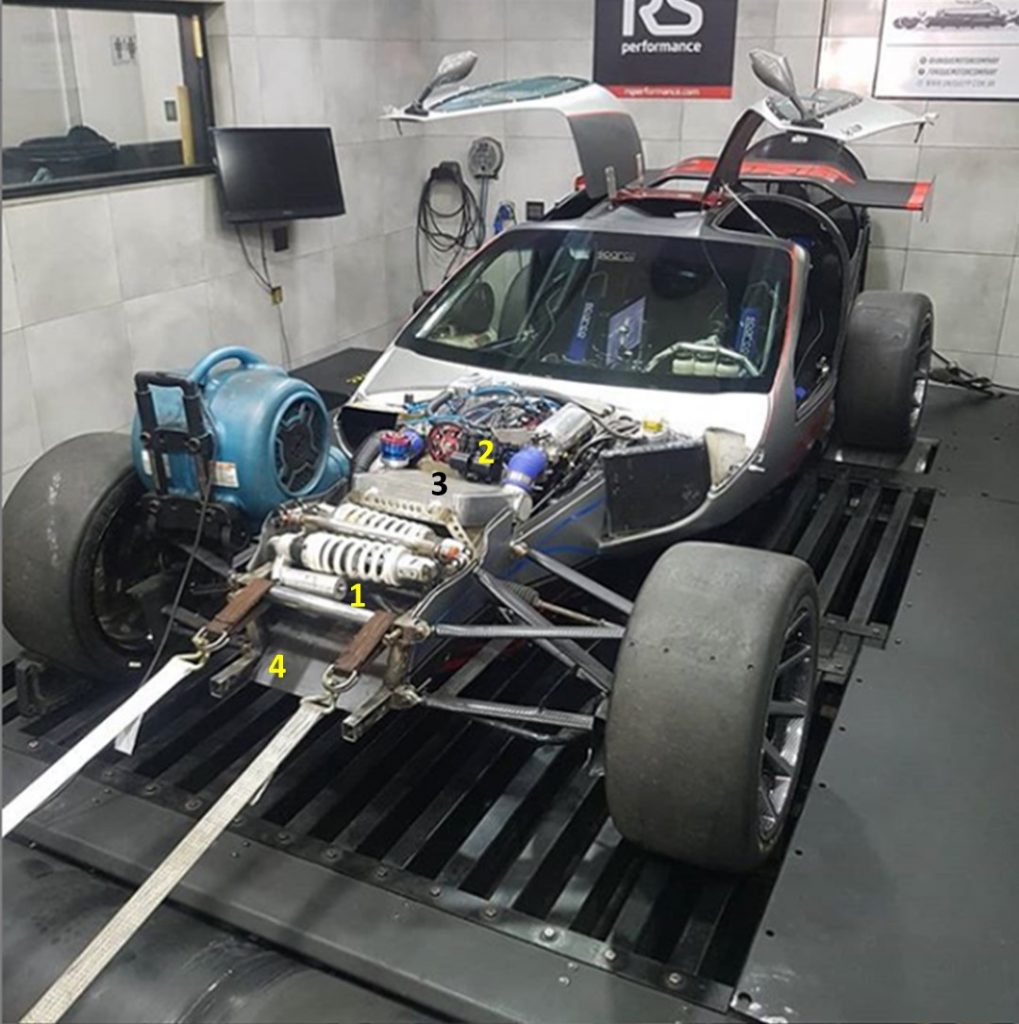
The chassis is a tubular structure, with a Kevlar body. The tires are Pirelli’s, apparently 18-inch, with push rod suspension at the front (1). Interestingly, in the images the car has two seats, a somewhat curious configuration.
Powertrain
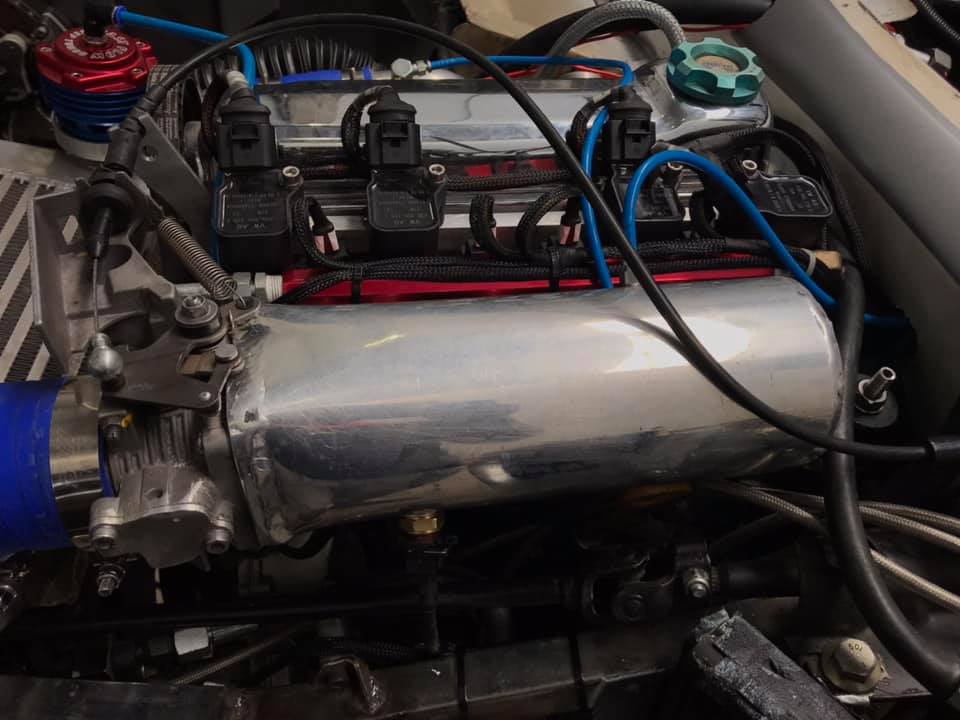
The model was equipped with a Volkswagen AP 2.0 Turbo engine, with 339 HP of power measured at the wheels, which was mounted in a central-front position (2). The intercooler (3) is positioned just in front of the engine and receives air through an inlet just below the car’s nose (4).

As per the electronic management, the model is equipped with a Pro Tune PR-4 ECU and TDL 5.6 SW Dash Logger.
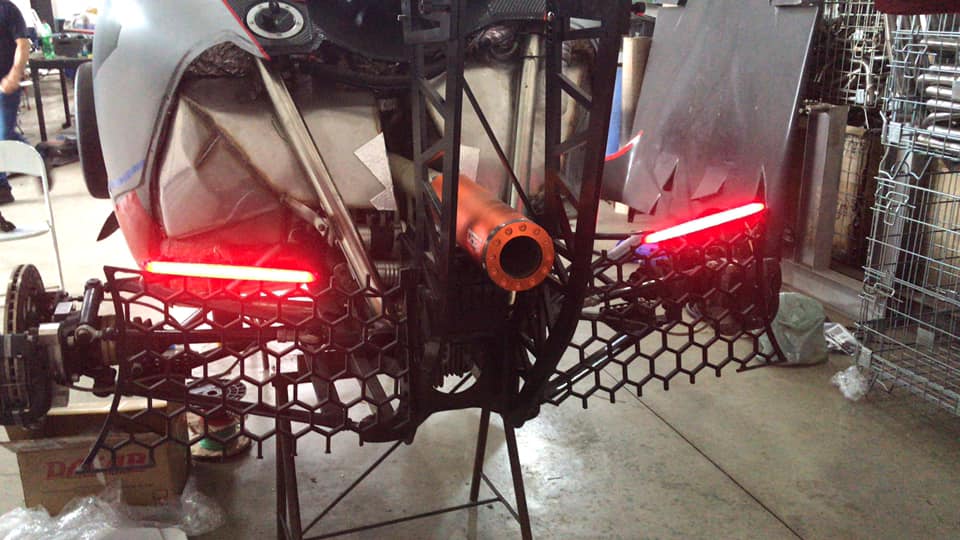
Another interesting point is the positioning of the exhaust, with the outlet in a central position, between the rear wing supports.
Aerodynamics
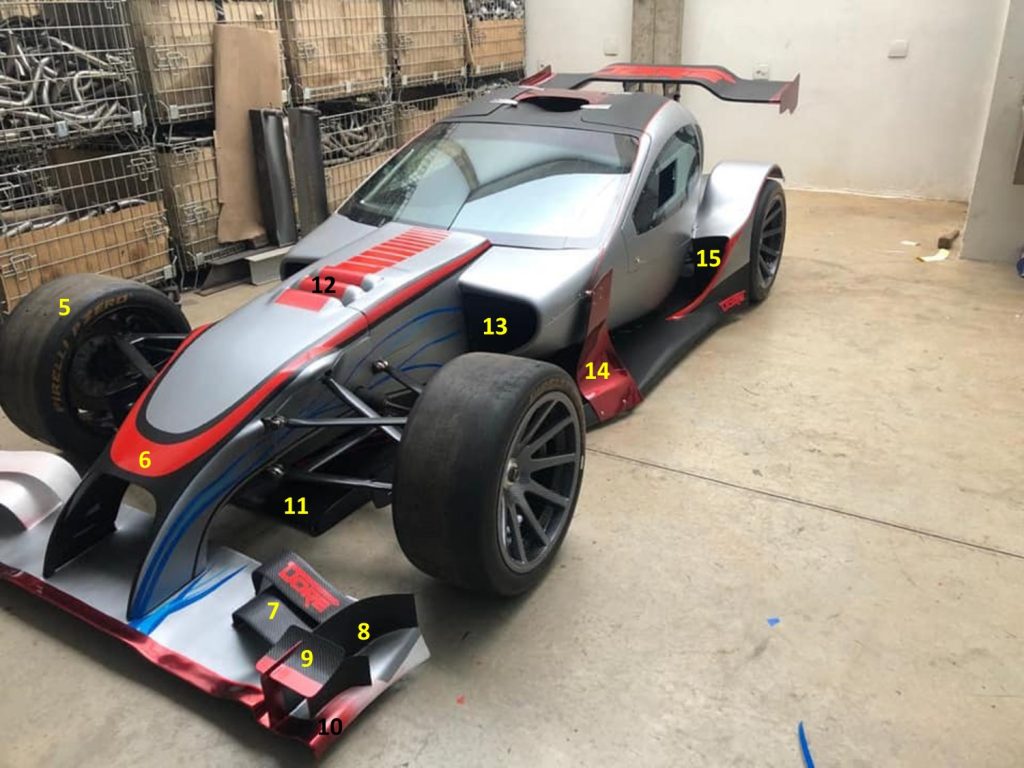
In addition to the unusual position of the engine, the biggest highlight of the prototype is its aerodynamics. If the AJR and the TMC M1 bear similarities to a formula, the Dore Escapamentos car brings the concept to another level, with a 100% single seater front section, featuring completely uncovered wheels (5) and a recessed nose similar to that used on the Williams FW26, the infamous “ twin tusks” (6), design aimed at optimizing air flow under the car’s nose.
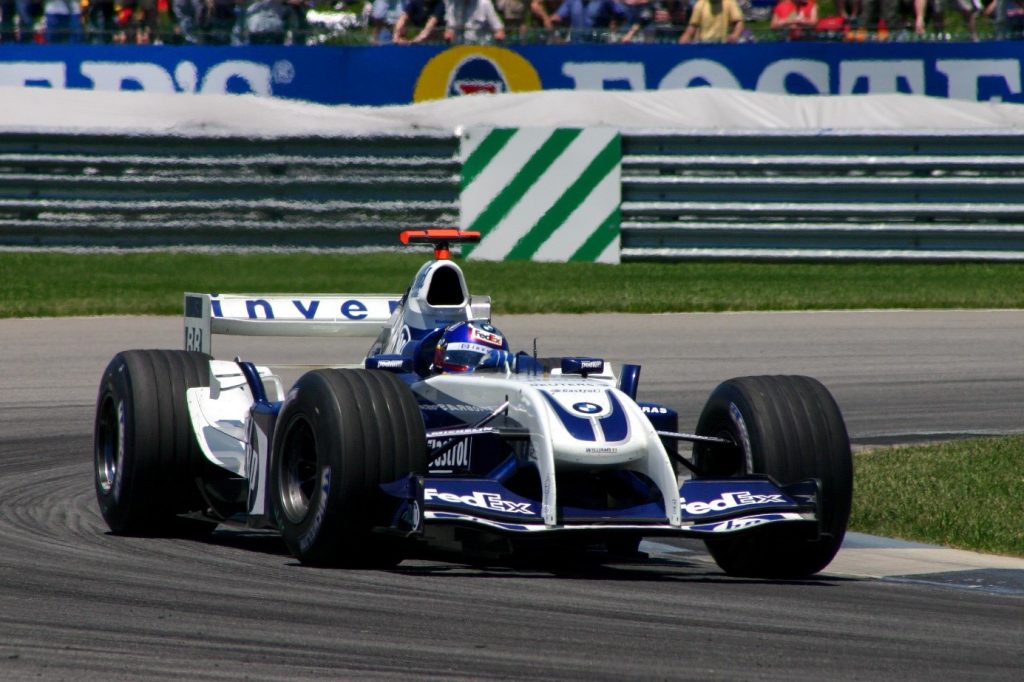
The front wing occupies the entire width of the car and features a complex design, with two winglets (7) to increase the downforce generated, while the endplate (8) is curved, generating the outwash effect of the front wheels (there is also a second element that also Its function is to direct the air flow away from the wheels. A type of turning vane (9) was mounted on the endplate, which, in addition to generating additional downforce, appears to divert part of the air over the front wheel. Still on the front wing, there is a footplate (10) to help control turbulence generated by the front wheel.
Under the nose, we can see the inlet that supplies air to the intercooler (11), and the louvers that vent this hot air over the hood (12). The sidepods (13) are positioned very close to the cockpit, and help support the sidepod vanes (14). At the rear, the air intake for the brakes (15) is integrated into the rear fender.
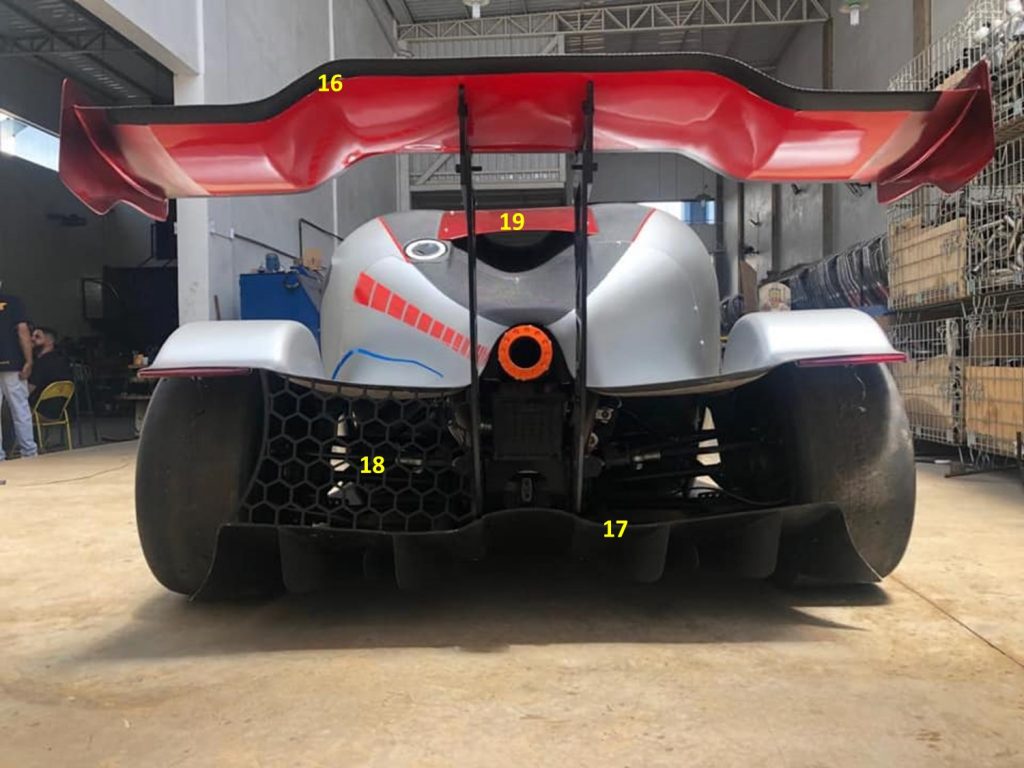
The rear wing (16) is a single element and has a variable profile. At the bottom, the diffuser (17) has four main strakes and two secondary strakes to divide air flows with different energy levels. But the most interesting point are the honeycomb-shaped meshes (18), positioned between the fairing and the diffuser. I had never seen an element like this in this region, but this type of solution is commonly used to reduce turbulence in applications such as frontal grilles and wind tunnels, which may also be the case in this prototype. Finally, there is a plate (19) joining the fairing on the pilot’s side to the passenger’s side.

